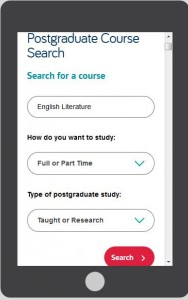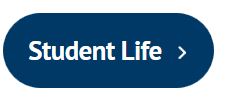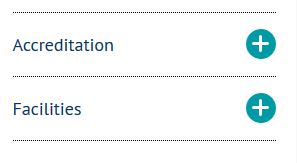It’s that time again – read on to find out what we’ve been up to over the past couple of weeks.
Go Mobile programme
Linda is coming up with a specification for migrating the undergraduate website into the new responsive design types – it’s complicated!
We’ve updated our processes so the pre-migration template works better for us when moving sites into T4.
Technical developments
We’re exploring how best to make sure everything built in T4 works for our end users – closing the gap between build and training. This will make editing easier for our web editors.
Design
Development of the Press Office and Research design mock-ups is ongoing.
Andy has been developing the Clearing subject landing page for use on a social media campaign.
Training and support
There’s been a lot of training going on:
- Jane and Linda delivered the second Planning and Writing Web Content session
- Anne delivered a bespoke T4 CMS training session to the Postgraduate Marketing team
- Steve delivered a concentrated Writing for the Web session to the SAgE Faculty marketing team
We’ve received 36 support requests through the NU Service Helpdesk and have resolved 19 of them
Campaigns and web developments
There’s still a lot of business as usual!
There have been developments to the Undergraduate Open Day site including:
- updates to the Google Map
- new video embeds
- social media sharing links
- call to action buttons
Lisa and Emma C are building a new microsite for Newcastle University London.
Steve and Peter have set up an internal site for the School of Chemical Engineering and Advanced Materials (CEAM).
Plans for the next few weeks
- Our monthly blog roundup will be going out to our community of web editors later this week
- Jane is writing an upcoming blog post about top tips for assets; how to best use photos and videos on our websites
- Ongoing work in T4 on the first two batches of sites in Go Mobile
See you next time!






